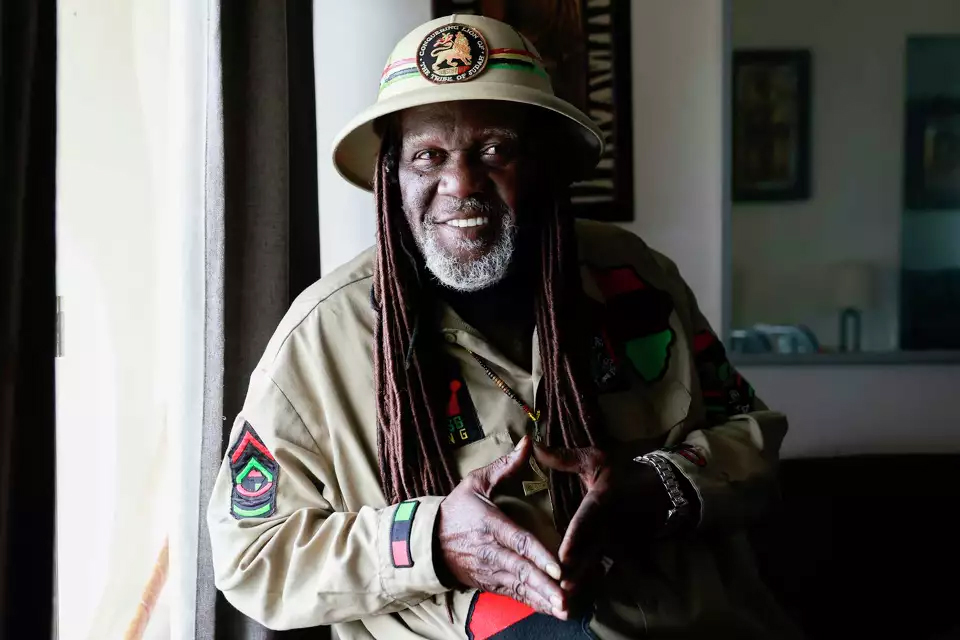Just before noon on a recent Wednesday, a line of three dozen people snaked around the Church of the Nazarene in Concord. They were young and old, men and women of all races, one child kicking the ground as he waited. What they had in common: They needed free food.
At the Food Bank of Contra Costa and Solano distribution site, truck driver Will Gregory organized tables piled with bags of pears and potatoes. Driver David Bosuego hoisted boxes packed with pasta, peanut butter and canned peaches into the shopping carts of elderly women. This year, they and others at food banks across the Bay Area saw lines lengthen as millions lost jobs during the pandemic.
“All it takes is missing one or two paychecks, and all of a sudden they’re facing food insecurity, many of them for the very first time in their lives.”
“A proud person is not coming to the food bank. They are not going to show up. But, when your stomach gets to hurting, and it takes a lot to knock down that pride, and you start seeing them come, when you see that, it’s real rough,” said Clarence Martin, a single father of two in Vallejo who receives food stamps and has worked with the food bank as an advocate in Sacramento.
“Us common people are having to make the choices of can we afford to pay this rent and still survive? That’s not possible right now. It’s getting worse.”
In California, 6.4 million people are food insecure, lacking reliable access to enough healthy food, according to a report by nonprofit organization Feeding America. The number rose by 2.1 million in 2020 as millions of Californians lost their jobs. Bay Area food pantries saw demand explode. As the pandemic continues to rage, the need may keep growing, especially as up to 1.6 million Californians could lose federal unemployment benefits at the end of December unless lawmakers reach an agreement on another stimulus bill.
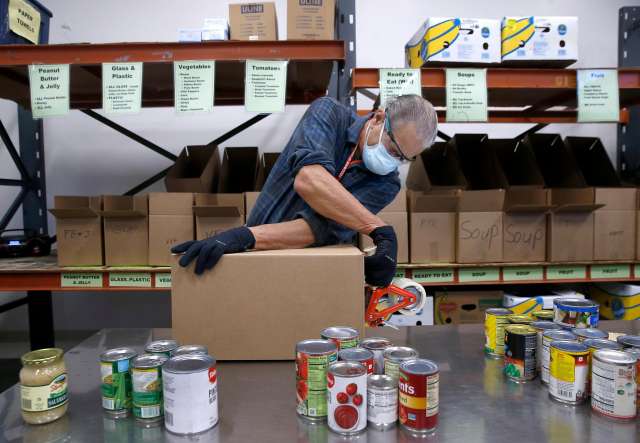
Amid unprecedented demand, The Chronicle Season of Sharing Fund, one of the largest donors to Bay Area food banks since 1986, has distributed $2.3 million this year to food banks in nine counties. The Food Bank of Contra Costa and Solano, which distributes to a network of food banks and distribution sites, received around $480,000 from Season of Sharing in the fiscal year that ended in June, CEO Joel Sjostrom said. That’s enough to cover one month of food purchases and distribution costs with increased demand.
The food bank, which typically served 170,000 people a month before the pandemic, now helps more than 280,000, a 65% increase in pounds of food, Sjostrom said. The organization currently needs $1.5 million more to keep up with demand forecast through the end of the fiscal year.
“We’ve just seen so many new faces,” Sjostrom said. “There’s so many people — not hard to believe with the cost of living in California — they’ve been living paycheck to paycheck before the pandemic…. All it takes is missing one or two paychecks, and all of a sudden they’re facing food insecurity, many of them for the very first time in their lives.”
Food lines grew longest in Richmond and Vallejo, with low-income service workers hit hardest, he said. Benjamin Buggs, director of Faith Food Fridays in Vallejo, said “everybody” in the working-class city is hurting for money this year. The food bank added an extra day of distribution to meet the new need.
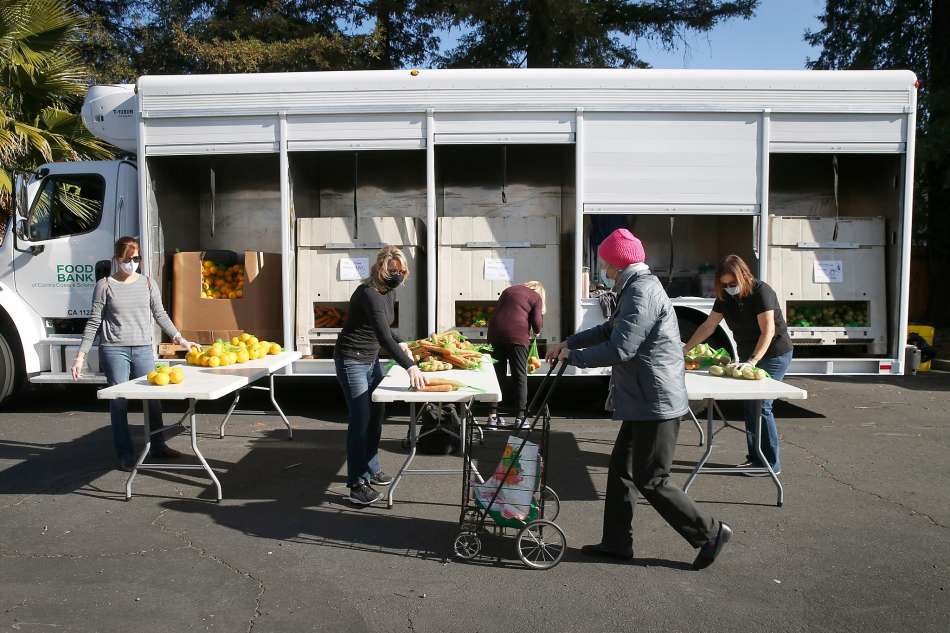
Back in Concord at one of the Food Bank of Contra Costa and Solano’s roughly 30,000-square-foot warehouses, eight volunteers bustled between donated boxes of canned chili and jars of tomato sauce. Danville resident Cindy Anderson, who along with her husband volunteers weekly, adjusted two masks with gloved hands. When the pandemic hit, the retired couple took a break, worried about their health, but quickly returned, seeing the food bank’s precautions.
“Food and lodging are always in need in the Bay Area, especially now,” Anderson said. “All the nonprofits are suffering this year. … Hopefully, we’ll all get through this and return to what we used to call normal.”
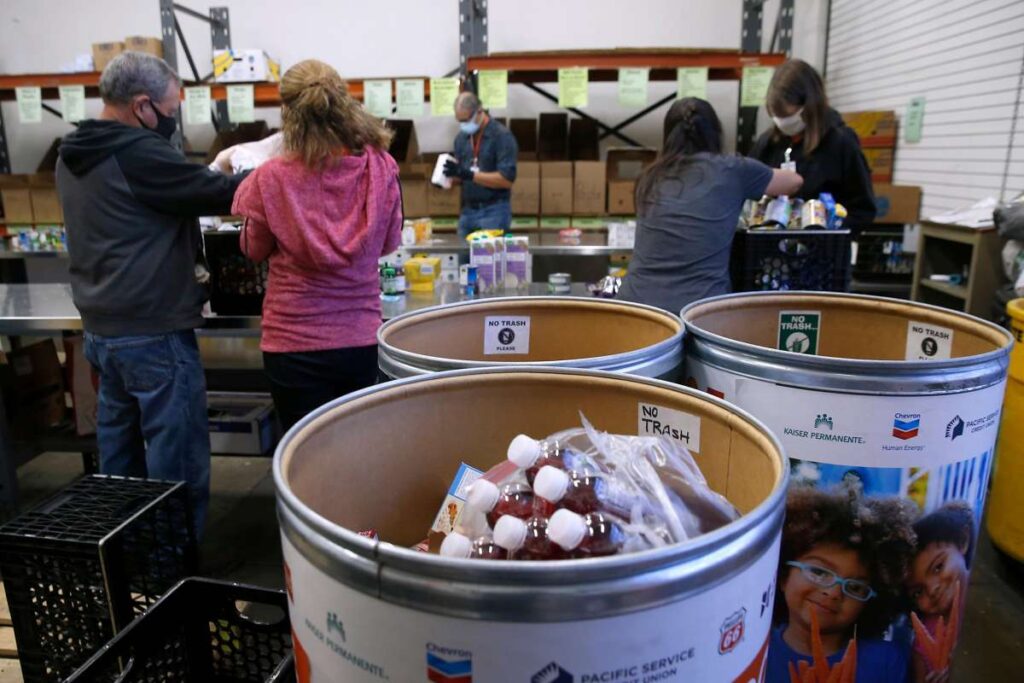
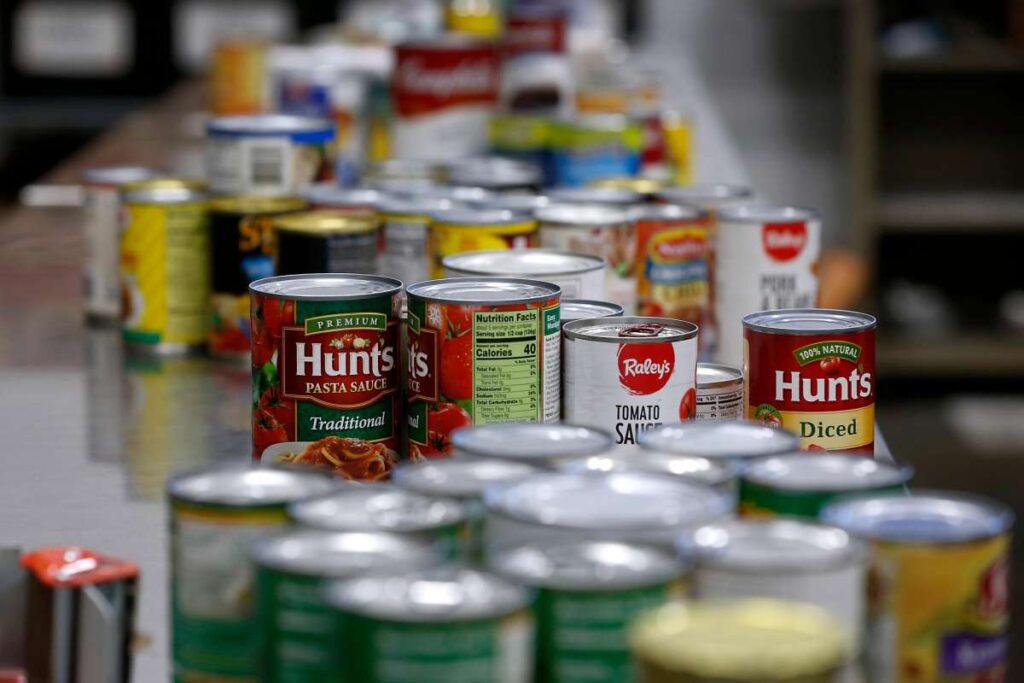
Reach Vanessa Arredondo: vanessa.arredondo@sfchronicle.com
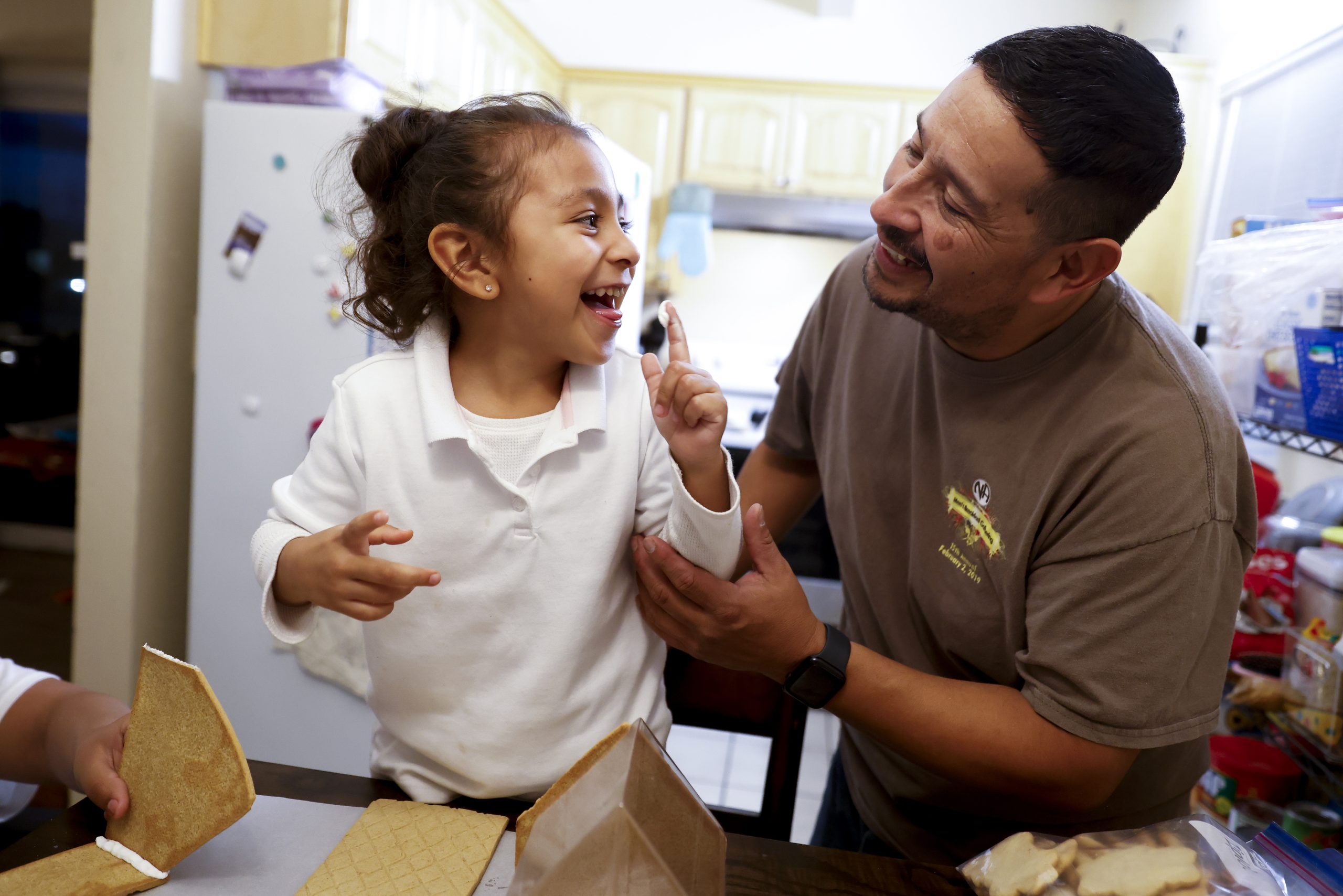
At Season of Sharing Fund, we believe that an unexpected financial crisis should never mean losing your home. Preventing homelessness isn’t just kind—it’s also the most effective way to keep our communities thriving. 100% of your donation keeps Bay Area residents housed, cared for and nourished.
